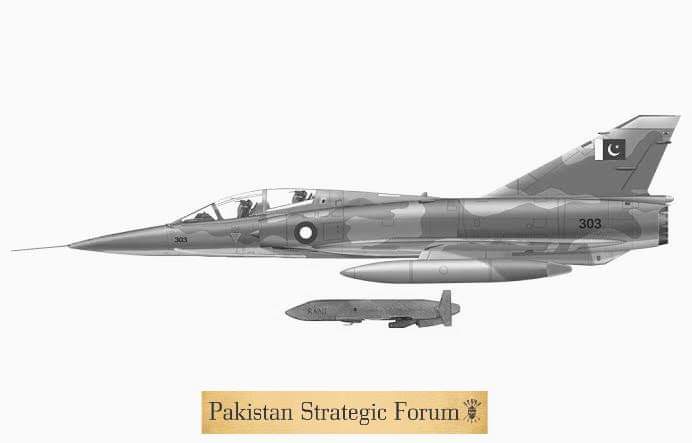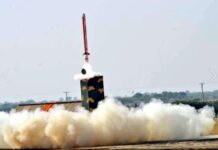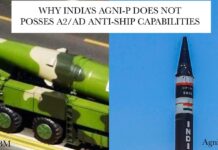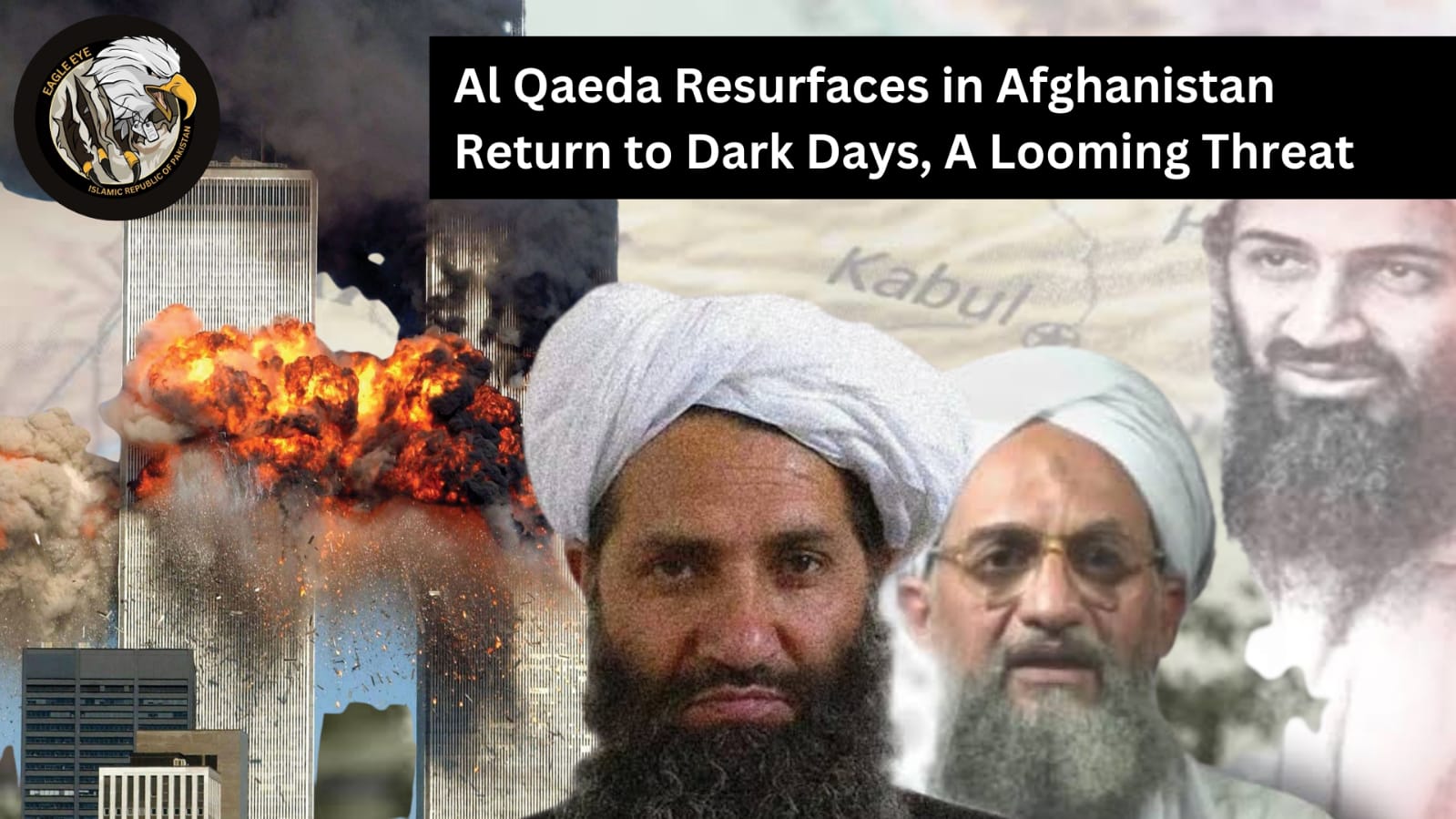HATF-1
Hatf-1 is a battlefield range, solid fueled missile. It is a single stage ballistic missile. It can deliver a payload of 500 kg over a range of 80-100 kilometres. This missile was developed by SUPARCO in a collaboration with KRL. During 1980s, Pakistan started working on Hatf-1 Missile. On 5 Feb, 1989, Pakistan tested Hatf-1 and Hatf-2 missiles, which COAS General Aslam Beig declared successful. According to sources, these missiles are derived from M-11 missiles acquired from China.
Clearing all doubts on the M-11 transfer, General Mirza Aslam Beg said,
“In regards with the M-11 missile system that Pakistan is acquiring from China, it is covered within the six nation agreement on Missile Technology Control to which China is a signatory. The missile has a range of less than 300 kilometres and is not capable of carrying a nuclear warhead”.
Variants of HATF-1
Hatf-1 has Two Varients
Hatf-1A
Hatf-1B
During further tests, its accuracy was also increased & some guidance system improvements were added.
HATF-II (Abdali)
Abdali is a modified version of Hatf-I. It is a Short-Range Ballistic Missile. It has a range of 180-200 kilometres with a capability of delivery 250-450 kg Warhead. It is a Single Stage, Solid Fueled Missile. It can carry Conventional as well as Nuclear Warhead.
As displayed in Military Parades, it is carried on a Road Mobile Transporter-Erector-Launcher (TEL) vehicle. The use of solid propellant & TEL vehicle makes the missile easy to store, transport & fire.
Western experts have varying opinions about the development of these Hatf Missiles. Some believe SUPARCO had obtained technology from the French company Aerospatiale (formerly Sud Aviation) in the early to mid-1980s. These French transfers most likely included propellant ingredients, rocket components, equipment for solid-fuel casting, curing & solid-rocket testing facilities while others believe that the short time frame forced SUPARCO scientists to simply copy the French Dauphin & Eridan sounding rockets for the Hatf-I & Hatf-II, respectively.
In response to India’s demonstration of the Prithvi Ballistic Missile, in February 1989, Pakistan tested the two Hatf missiles and declared the tests a success, prompting Prime Minister Benazir Bhutto to congratulate the nation for “Entering the Missile Age”.
Hatf-III (Ghaznavi)
Hatf-III is a Short-Range Ballistic Missile (SRBM). It uses a single engine & a solid propellant Engine. It can deliver both Conventional & Nuclear Warheads. Its characteristics includes:
Basing: Road-mobile
Length: 8.5 m
Diameter: 0.8 m
Launch Weight: 4,650 kg
Payload: Single Warhead 700 kg
Warhead: HE, sub munitions, 12-20 kT Nuclear
Propulsion: Single-stage solid propellant
Range: 290 km
Status: Operational
In service: Since 2004
Accoridng to SIPRI YB’18, Pakistan has 16 deployed launchers of Ghaznavi Missiles with 12kT per warhead.
Hatf-IV Shaheen-1/1A
Shaheen-I is supersonic & highly accurate short-to-medium range Surface-to-Surface Guided Ballistic Missile. It was developed by the joint venture of NESCOM & National Defense Complex. This missile uses Solid Fuel Propellants unlike Ghauri, it has high availability & it’s deployment time is too short that there is no need to refuel it before launching. This missile has two solid state engines along with post-separation attitude correction system (a system which uses small thrust nozzles to correct the trajectory of warhead). This system provides it a high accuracy around 25 to 50 m of CEP. It can carry nuclear warhead as well, weighing around 1000 KG.
Characteristics
Mass:Shaheen-I (9,500 kg), Shaheen-IA (10,000 kg)
Length:12m
Diameter: 1.0m
Warhead: 1000 kg Single Warhead
Engine:Solid-Fuel Rocket
Propellant: Solid-Fuel
Operational Range: Shaheen (750km) Shaheen-I (900km) Shaheen-IA (1000km)
Launch Platform: Transporter Erector Launcher (TEL), spaceport.
Hatf-V (Ghauri)
Ghauri is a single stage, Liquid Fueled Ballistic Missile. it is designed to be Medium Range Ballistic Missile. This missile is based on North Korean Nodong Missile. Ghauri was last time tested on October 8, 2018. this missile has a range of 1300 kilometres & can carry both Conventional & Nuclear Warheads.
Missile was tested for the first time on April 6, 1998, according to sources some North Korean scientists were also present during the Missile Test. Prime Minister Benazir Bhutto visited Pyongyang on December,30, 1994 & penned a contract to purchase Nodong Missiles & the technical design data.
Hatf-VI (Shaheen II)
Shaheen-II is a land-based supersonic surface-to-surface medium-range guided ballistic missile. Shaheen-II is jointly developed by the NESCOM & National Defence Complex. It has been operational in Pakistan Army with the tag of longest range of 2750 Km(Shaheen III) with maximum load(hence range can be increased with reducing the mass of warhead). Shaheen layed the test bed for MIRV capable Ababeel Missile which is under development. Shaheen-III has two stage rocket motor with solid propellants. It flies at extreme height of 300Km, it’s warhead changes it’s trajectory several times hence giving no room for anti ballistic missile systems to intercept it. High altitude with multiple guidance systems & post-separation attitude correction system, Shaheen is supposed to have “Surgical Precision”.
Characteristics
Mass: 25,000 kg
Warhead: 1,050 kg
Length: 17.5 m
Diameter: 1.4 m
Warhead: Conventional high-Explosive or Strategic Nuclear Warhead
Engine: Two-stage solid-fuel rocket motor
Operational Range: 2,750 km
Flight altitude: 300 km
Guidance System: Inertial navigation system GPS satellite guidance
Launch Platform: Transporter Erector Launcher (TEL)
Hatf-VII (Babur)
In response to Indian Brahmos Cruise Missile, Pakistan also started working on a cruise missile. Babur is a short-range turbojet powered subsonic cruise missile that can be launched from land or underwater seaborne platforms. Babur-I and Babur-II uses Land while Babur-III uses Submarine as launching platform. During Initial tests of Babur missile, Only one tube was used, Later on. Multiple tubes were used.
According to some analysts, Pakistan Developed Babur Cruise Missile from US Tomahawk Missile, which US fired in Afghanistan but unfortunately due to some technical error , few missiles fell on Pakistani soil. Pakistan did reverse engineering & produced Babur Cruise Missile while some say that these missiles are based on Chinese DH-10 Missile.
On August 20, 1998 several U.S. Tomahawk missiles (TLAMs) were fired from the Arabian Sea to target camps in Afghanistan in response to an attack on U.S. embassies in Africa. That night, villagers in Baluchistan reported missiles falling from the skies, as several TLAMs malfunctioned & landed unexploded in Pakistani territory.
Pakistan Army Aviation helicopters carrying a rescue team recovered an unspecified number of TLAMs, although the United States reportedly attempted to retrieve them through the local tribal leaders in Baluchistan but failed. Later on the United States pressured Pakistan to return the fallen Tomahawks but Pakistan denied the possession of these missiles & by late summer relations between the two countries sore further.
Hatf-VIII (Ra’ad)
Hatf-VIII (Ra’ad) is an Air Launched Cruise Missile (ALCM). It has a range of 600 kilometers & can carry Conventional as well as Nuclear warheads. In 2007, Ra’ad was successfully tested using PAF’s Mirage-III EA. Ra’ad’s design is very different from land-based Babur Cruise Missile.
Ra’ad Missile Tests
- 25th August 2007.
- 8th May 2008.
- 29th April 2011.
- 30th May 2012.
- 2nd February 2015.
- 19th January 2016.
- 18th February 2020 (Ra’ad II) (Range 600 km).
It is highly effective against Indian Ballistic Missile Defense System “S-400”.
Hatf-IX (Nasr)
Nasr is a surface-to-surface short-range ballistic missile. It can carry both Conventional & nuclear warheads. Reportedly, it has a range of 70 kilometres. It was emerged in Pakistan’s Missile arsenal in 2011 when it was test fired on April 19, 2011. According to SIPRI YB’18, Pakistan has 24 deployed launchers of Nasr Missiles with 12 kT yield per warhead. 4 Nasr Missiles are loaded on a 8×8 TEL (vehicle).
A Senior Pakistani official Said
“Nasr is meant to pour cold water over India’s Cold Start Doctrine”
Author: Umair Aslam
About Author: Umair Aslam is studying BS International Relations at National University of Modern Languages, Islamabad. He is analyst at Pakistan Strategic Forum. He is founder of a web-based defense news platform Global Strategic Insight. He writes about arms race in South Asia, Military Equipment, CBRN, International Relations and strategic affairs.
Follow Umair Aslam on Twitter: @Defense785
#TeamPakistanStrategicForum








Very nicely written, comprehensive information was provided, just a suggestion if u can add about Ababeel missle (MIRV technology) as well. Thanks keep up the good work
Thank You brother.
actually Ababeel is not operational with Pakistan Army Strategic Forces so can’t say anything about Ababeel.